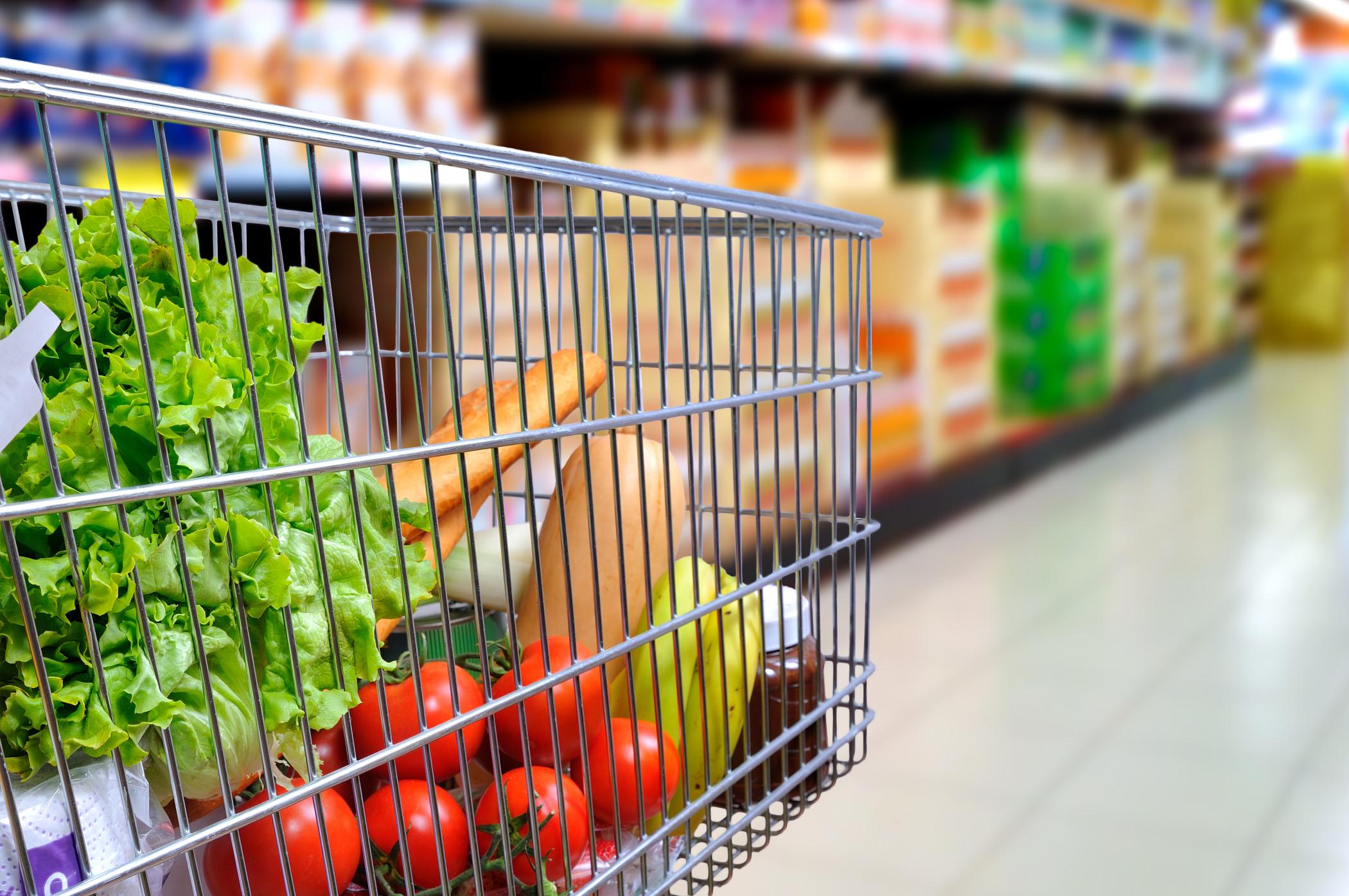Study reveals environmental impact of 57,000 multi-ingredient processed foods for first time

An estimate of the environmental impact of 57,000 food products in the UK and Ireland provides a first step towards enabling consumers, retailers, and policymakers to make informed decisions on the environmental impacts of food and drink products. This is the first time a transparent and reproducible method has been developed to assess the environmental impacts of multi-ingredient products. The research was led by Dr Michael Clark, a newly appointed researcher within Oxford Smith School's Food Programme.
Estimating the environmental impacts of 57,000 food products compares the environmental impacts of meat and meat alternative products such as plant-based sausages or burgers, and finds that many meat alternatives had a fifth to less than a tenth of the environmental impact of meat-based equivalents.
When comparing the environmental impact score to their nutritional value as defined by the Nutri-score method, products that were more sustainable tended to be more nutritious, including meat and meat alternatives. There are exceptions to this trend such as sugary beverages, which have a low environmental impact but also score poorly for nutritional quality. The research is published in PNAS this week.
A study by the Food Standards Agency shows that over half of consumers in the UK want to make more sustainable decisions on the environmental impacts of foods and at the same time, food corporations are setting ambitious net zero greenhouse gas targets. Yet there is a lack of detailed environmental impact information on food and drink products that could allow consumers and corporations to make more sustainable choices.
The research, led by researchers in the Livestock, Environment and People (LEAP) programme and Oxford Population Health at the University of Oxford, uses publicly available information to calculate a standardised score for the environmental impact of individual food and drink products, which make up the majority of foods and drinks for sale in UK supermarkets.
The researchers quantify the differences in environmental impact between multi-ingredient products and find that those made of fruits, vegetables, sugar, and flour, such as soups, salads, bread and many breakfast cereals, have low impact scores, and those made of meat, fish and cheese, are at the high end of the scale. Jerky, biltong, and other dried beef products, which typically have more than 100g of fresh meat per 100g of final product, often have the highest environmental impact.
When looking at specific types of food products, such as meat and their alternatives, lasagne, cookies and biscuits, and pesto sauces, the researchers found large variation within these types of foods. For these food types, lower-impact products often had one half to one tenth the environmental impact of higher-impact products. This type of information, if communicated to consumers and retailers, may help shift behaviours towards more sustainable foods without requiring large changes in dietary behaviour, such as swapping beef for beans.
Clark and colleagues used publicly available information to derive estimates of the environmental impact of 57,000 food products, looking at greenhouse gas emissions, land use, water stress, and eutrophication potential — when bodies of water become enriched with nutrients, often causing harmful algal blooms and ultimately killing other life. For the purposes of analysis, visualisation and communication, the team combined these four scores into a single estimated composite environmental impact score per 100g of product.
The amount of every ingredient in a multi-ingredient food or drink product is usually known only to the manufacturer, but in the UK they are legally obliged to provide percentage values for certain ingredients, and ingredients are listed on packaging in order of size. Clark and colleagues used known percentages and order of ingredients to infer unknown values, cross-referencing products and ingredients through use of a large dataset of products. Individual ingredients were mapped to environmental databases, and the percentages of all ingredients within each product were used to estimate the impact of each whole product.
Lead author, Dr Michael Clark says:
By estimating the environmental impact of food and drink products in a standardised way we have taken a significant first step towards providing information that could enable informed decision-making. We still need to find how to most effectively communicate this information in order to shift behaviour towards more sustainable outcomes, but assessing the impact of products is an important step forward.
